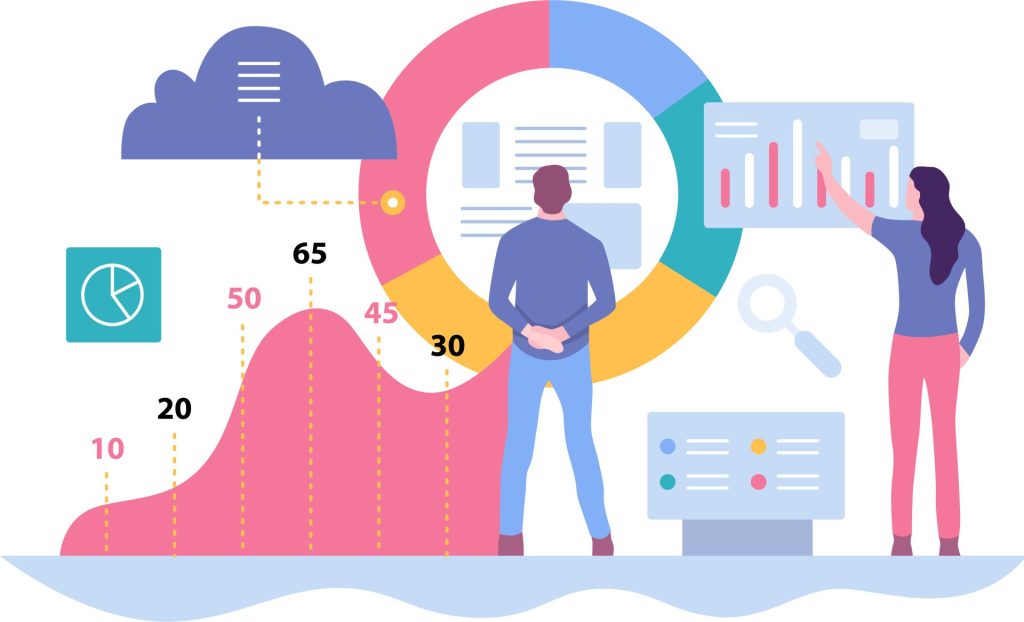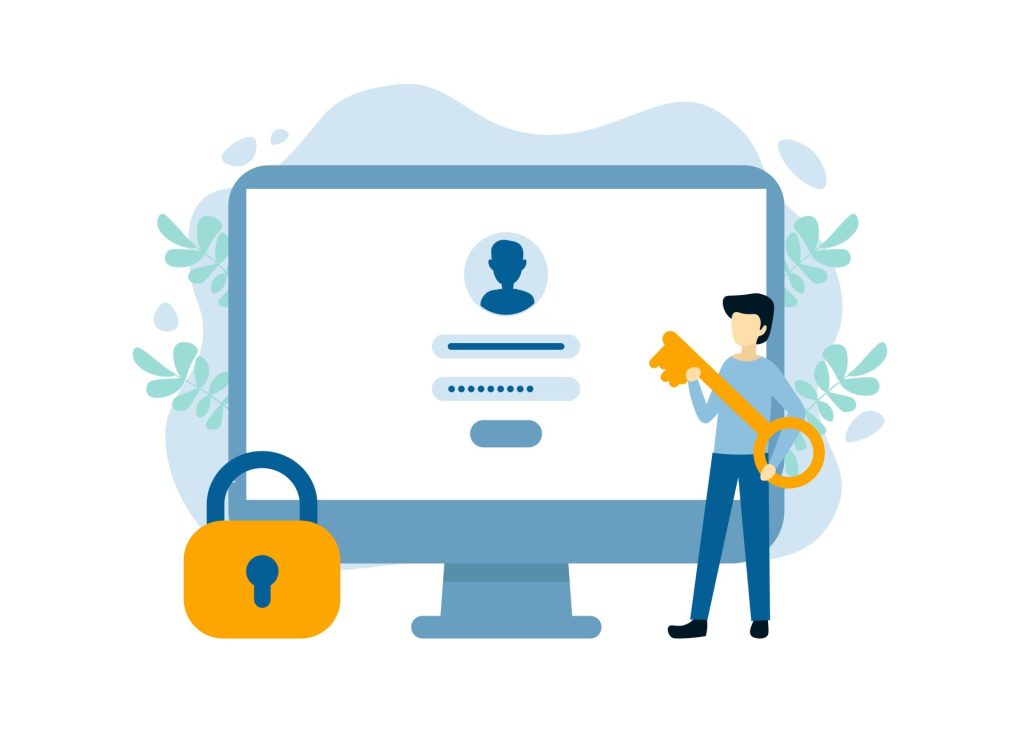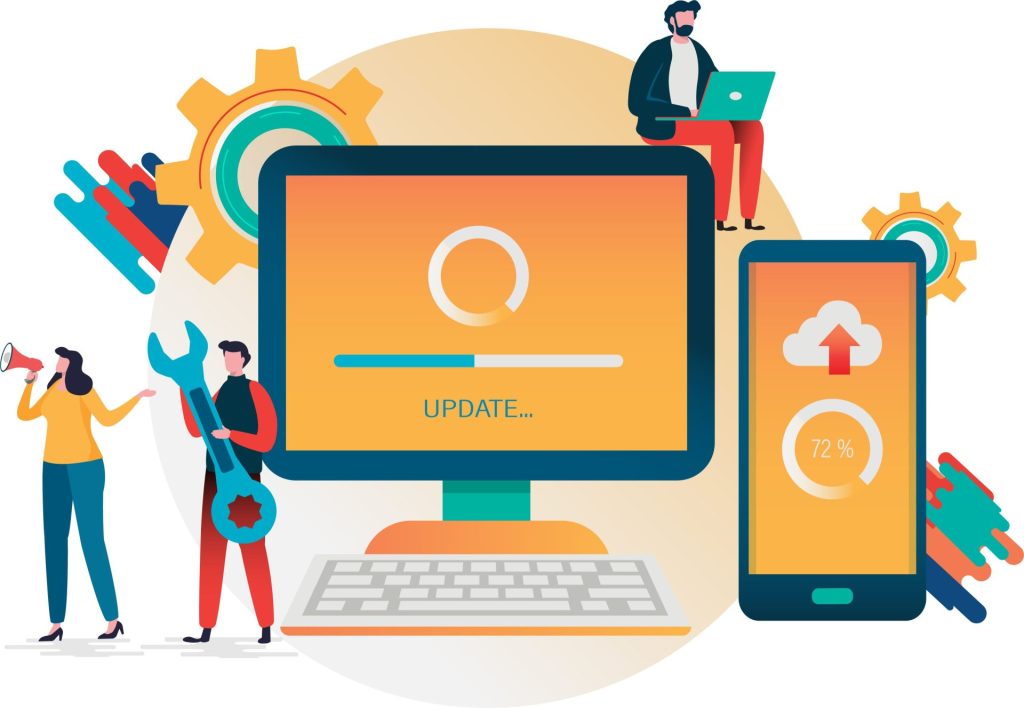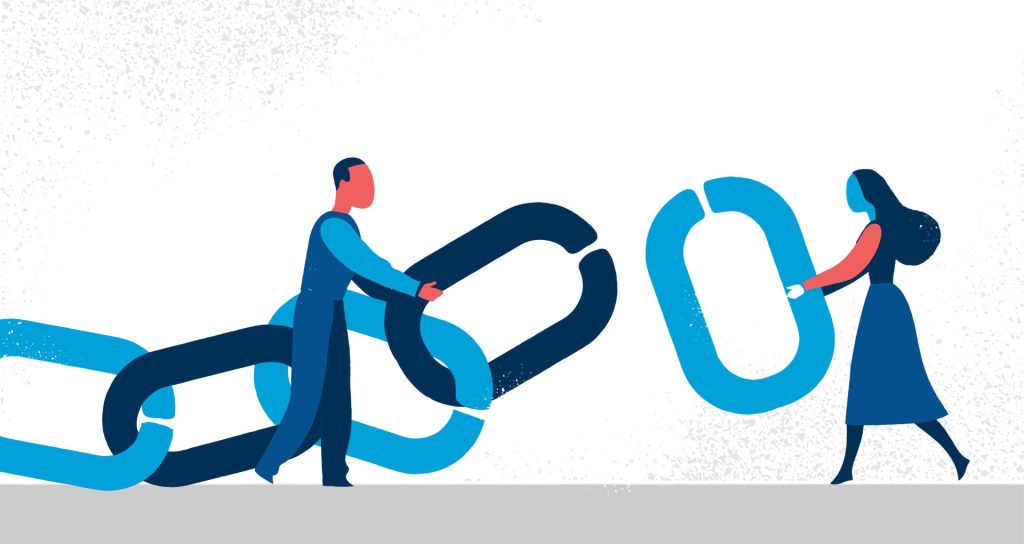Website maintenance isn’t glamorous; no one hands out awards for the ‘Best Maintained Site.’ But it’s among the most important aspects of managing a site. You invested a lot of time and money in your site; maintenance helps you secure that investment.
Strictly speaking, you should constantly update your site to outperform the competition, protect customers, and do justice to your organization. But, if like 99.99% of the business world you postpone website maintenance more often than you should, this guide will get you back on track for 2022.
Step 1: Backup Everything
Website backups are worthless until you need them, at which point they’re priceless.
If you have a maintenance contract with a developer, double-check that backups are included. Many hosting companies provide backups as part of their hosting packages or can add the service for a fee. If you’re using WordPress, plugins such as Jetpack can automatically perform backups for you.
However you choose to perform them, every site should have a robust backup policy so that it can be restored quickly and easily if something goes wrong.
If you don’t already have a backup policy, now is the perfect time to establish one. Throughout 2022 and beyond, before you make any changes, backup everything.
Step 2: Check Your Analytics
If you have analytics installed, now is the perfect time to review them. Analytics can vary considerably from month to month, so compare your current traffic to this time last year. Has it improved? Has it declined? Is it stagnating?
How your site is performing relative to a year ago is an excellent measure of your site’s health and a clue as to the degree of attention it needs.
Analytics rarely have no story to tell. Whatever patterns over the previous 12 months tell you, now is a great time to lean into that feedback.

Step 3: Switch Browsers for the Day
You probably check your site every day, or at least the home page. But when you do it, you probably do it in your regular browser (which is Chrome for most of us). So it can be worth changing browsers for the day just to see how your site operates in a different app.
Browser manufacturers release updates all the time. These updates are usually bug or security patches and, less frequently, the adoption of new technology. A browser rarely deprecates code (instead, a browser is itself deprecated, as was the case with Internet Explorer); you can be relatively confident that a well-built site will continue to function in future versions of a browser. However, there are rare occasions that browsers adopt new technology in unexpected ways.
The simplest way to check your site works as intended in different browsers is to try it in different browsers.
Remember: sites shouldn’t look identical in different browsers, but they should function similarly.
Step 4: Consider Usability Testing
Things change, and even if your site hasn’t, your users probably have. People have an unhelpful habit of picking up new techniques, buying new devices, and revising their expectations.
Usability testing is complex and often best managed by a professional UX team. However, it‘s very possible to do informal user testing by asking friends and family to perform a few basic tasks without guidance and observing how they manage. If you find that a feature produces more friction than expected, call in the experts to confirm your findings.
Step 5: Check for Malware
It’s essential that you regularly check your site for malware, especially if you use a lot of plugins or themes. It’s never a bad time to review your site for malware; that includes right now.
Several services can check your site for malware, and some will remove it for you.
Step 6: Change Your Passwords
It’s an inconvenience to change your passwords, but not as inconvenient as having your site hijacked.
One of the biggest threats to website security is human laziness. People tend to use the same password or variations on the same password across multiple sites. Hackers aren’t looking for high-value targets, they’re looking for easy targets, and it only takes one lost phone, one compromised email account, or one fishing attack for someone to inadvertently compromise your site.
Change all of your passwords at least once per year. If you have the option to enforce password changes across your organization, then do so.
Now is an excellent time to enable 2FA (two-factor authentication). 2FA means logging in with more than one method, for example, supplying a password and entering an authentication code via an SMS. If you‘re using WordPress, there are several 2FA plugins available that can set this up for you.

Step 7: Update Themes and Plugins
Plugins, themes, apps, and 3rd-party code should receive regular or semi-regular updates. In fact, if something hasn’t been updated in the last 12 months, that’s a strong indication that it may no longer be secure — most malicious attacks on websites, especially on WordPress, are made through outdated plugins.
If you’re using a CMS like WordPress, you can simply click the “Update” option and allow the automated process to take care of the update for you.
If you have any themes or plugins installed that you’re not using, delete them. If you need them in the future, you can always redownload them.

Step 8: Revise Your Content
Read your content from start to finish to judge whether it still accurately reflects who you are as an organization.
In large companies with large sites, content frequently becomes outdated: phone numbers change, personnel change, even real-world branch locations can change. Pay particular attention to phrases like “We’ve led our industry for 20 years” because that should now read “21 years.” Most developers will code the date on copyright statements to increment automatically, but it‘s worth checking.
Check that none of the updates from the past year have resulted in a 404 error. For example, product withdrawals, staff changes, the end of promotions can all mean missing pages.
Sites that update their content regularly rank higher than those that don’t, so it’s worth giving your content a polish even if there are no enforced changes.
Step 9: Boost Your Page Speed
Search engines are continually improving their indexing and revising the weighting given to different aspects of sites. In 2021 there was a significant update relating to page speed and performance. The simple equation is the faster your site, the higher it will rank.
Most of your site speed is within the purview of developers. However, the single largest drag on most sites is the size of images, which you can improve yourself.
Run all of your images through a free optimizer like TinyPng.com, which will compress WebP, Png, or Jpg formats. Then re-upload them via your CMS.
You’ll not only improve your position on search engines, but you’ll have a faster, more enjoyable site too.
Step 10: Fill Out All Your Forms
Forms are reliant on more than just your site, they rely on email services too. If your forms are failing silently, then you’re losing business without realizing it.
Similarly, if you’re running an ecommerce site, make a couple of test purchases just to ensure the process is frictionless.
Step 11: Fix Broken Links
It may seem unfair that you’re held responsible for not only your site but for sites you’ve linked to, but that’s the reality. If you link to a site that has disappeared and don’t remove the link, Google will consider your site outdated and demote it.

Step 12: Disavow Low-Quality Backlinks
We all want sites to link to us. There are even companies that specialize in nothing but acquiring backlinks. The reason is that Google treats a backlink as a human validation of its algorithm; if a real person thinks your content is worth linking to, then it’s lower-risk for Google to link to it.
However, if the site linking to you is considered low-quality, then a backlink can actually hurt your rankings.
Establishing which sites are low-quality typically requires professional tools, so if you have an extensive low-quality backlink problem, it can pay to bring in an expert.
Once you’re sure that a site linking to you is low-quality, reach out to the site and ask them to remove the link. If that fails, then Google provides a tool in its Search Console to allow you to disavow links that are damaging you.
Step 13: Consider Your Hosting
It’s often difficult to anticipate hosting needs in advance; it’s relatively easy to estimate how much space you’ll need, but the amount of traffic you’ll receive is less predictable.
If you haven’t considered your hosting recently, it’s time to see if you can get a better deal. After all, there’s no sense in paying for 50Gb of space if you’re only using 10Gb.
Err on the side of caution, and allow yourself room for 10–15% growth in the coming year. But remember, most hosting companies will be pleased with you upgrading if you initially underestimate the package you need.
Step 14: Check Your Domain Renewal
You hopefully set it to renew automatically when you registered your domain name. However, auto-renewals only work if your payment details are up-to-date, and updating stored cards is really easy to overlook.
Most domain registrars will let you know if a domain is about to expire (assuming you’ve kept your email address up to date), but it’s simply not worth the enormous upheaval if you do lose your domain so take a couple of minutes and double-check.
Step 15: What’s New?
It’s incredibly unusual to find an industry that hasn’t changed in a year. Even if your business is unchanged, it’s improbable that your industry, competitors, or customers are.
Once you’ve finished reviewing your site, case a critical eye over your competitors’. How are they positioning themselves? What challenges are they emphasizing? What tone of voice do they use?
By considering trends in your industry, you can identify not only areas that your site is lacking, but new directions to expand into in the coming year.
